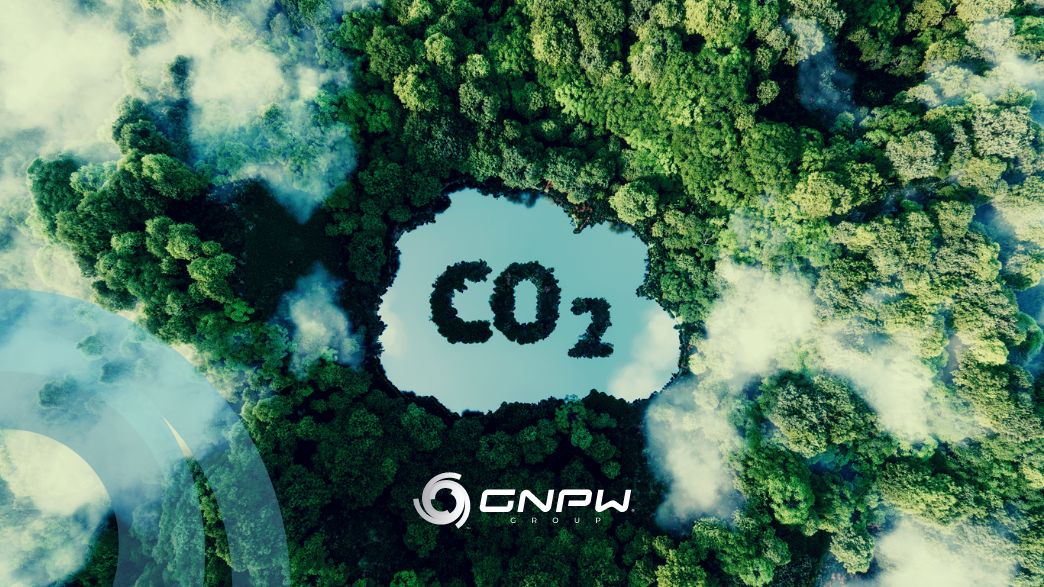Brazil has taken the first step towards regulating the carbon market. If approved, the regulation could bring business opportunities to Brazilian companies.
In May 2022, Brazil took the first steps towards regulating the carbon market with the enactment of decree nº 11.075/2022. Despite leaving several gaps on this subject, the text laid the foundations for regulating the national carbon market, which has been expected for 13 years since the creation of the law that established the National Policy on Climate Change.
The concept of carbon market emerged in 1997, when countries committed to reduce the emission of greenhouse gases, from the signing of the Kyoto Protocol. Along with the CO2 emission reduction targets, the first idea of what the carbon market would be among the signatory countries emerged.
The concept was to transform carbon into a commodity, which could be traded between the countries participating in the agreement. The idea basically consists of offsetting CO2 emissions among the least polluting, who could sell their unused credits to those who need to emit more, however, they have already exhausted their share of CO2 emitted into the atmosphere.
What is expected from the regulation of the carbon market in Brazil?
Even with the decree that already regulates the carbon regulation market, regulation by law is essential to guarantee guidelines and strengthen the legal certainty of participants, as well as boost the adherence of companies to an environmental agenda.
Now, carbon regulation is being discussed in the National Congress through Bill No. 528 and there are good expectations for its approval. Both the market and environmentalists are betting on the law to develop the sector and protect the environment. The logic is that, by creating a market for the purchase and sale of carbon credits between companies, there will be more investment and interest in increasing the preservation and development of projects that are important to reduce GHG emissions.
For financial specialists, the sources of financing already exist via the capital market, it is only necessary for Brazil to open space to be able to offer carbon. Each carbon credit can be sold for around US$ 15. Thus, a standing forest would generate, on average, three carbon credits per hectare.
In addition to maintaining forests and environmental preservation, the use of clean energy is also a way to achieve zero carbon in production. While solar and wind energy are good sources, the only energy source with a zero carbon footprint is biogas. The carbon footprint or carbon footprint is the “footprint” that individuals, companies, governments, municipalities and actions gene48rate emissions of carbon dioxide in the atmosphere. Therefore, one of the ways to increase investments in reducing GHG emissions is by investing in projects and opting for sources such as biogas.
Carbon regulation and companies
In the last ten years, ESG has gained relevance in companies around the world and now Brazilian companies are also starting to create goals and actions focused on the environment, society and governance. As a result, many companies already have emission reduction targets, with deadlines to become carbon zero.
In addition, many organizations have already started to make voluntary offsets, buying credits in the voluntary market. The National Bank for Economic and Social Development (BNDES), for example, has already made its first purchase of carbon credits and the expectation for the next two years is to allocate up to R$ 300 million to the development of the national market for voluntary carbon offsets. emissions.
By signing the Paris Agreement, Brazil committed to reducing GHG emissions by 37% by 2025, with a goal of reaching 100% by 2050. the whole of society is committed. To stay up to date with the latest in the energy sector, follow us on social media.

Comment